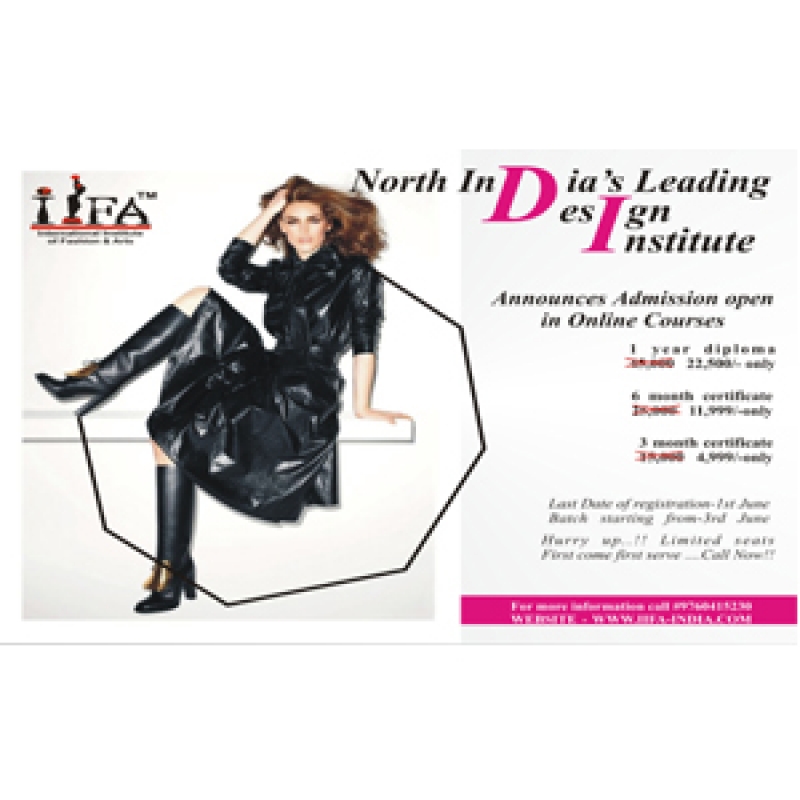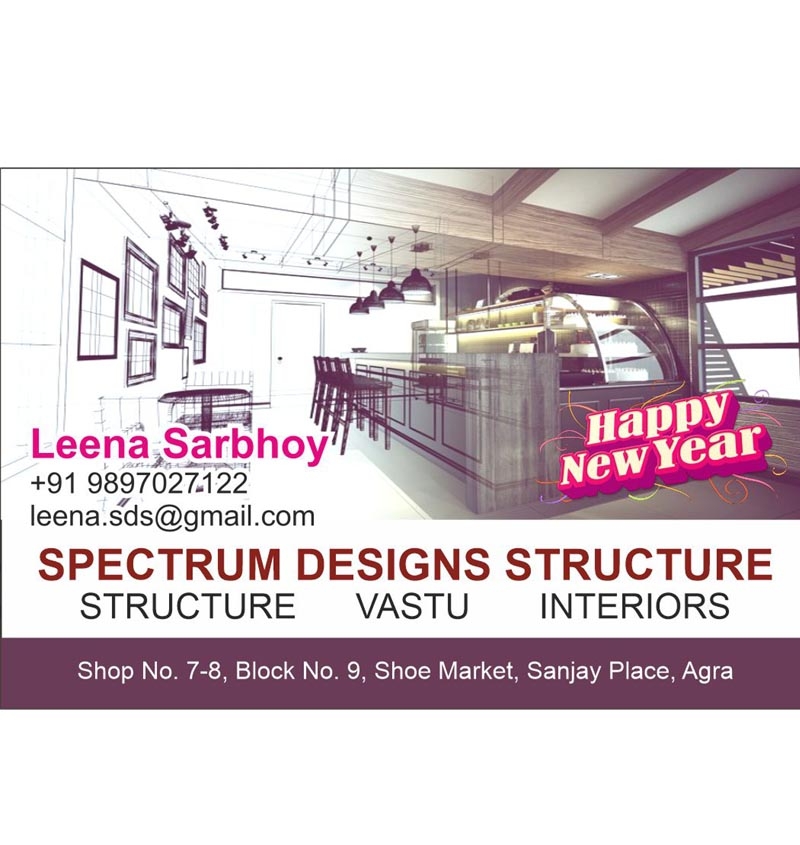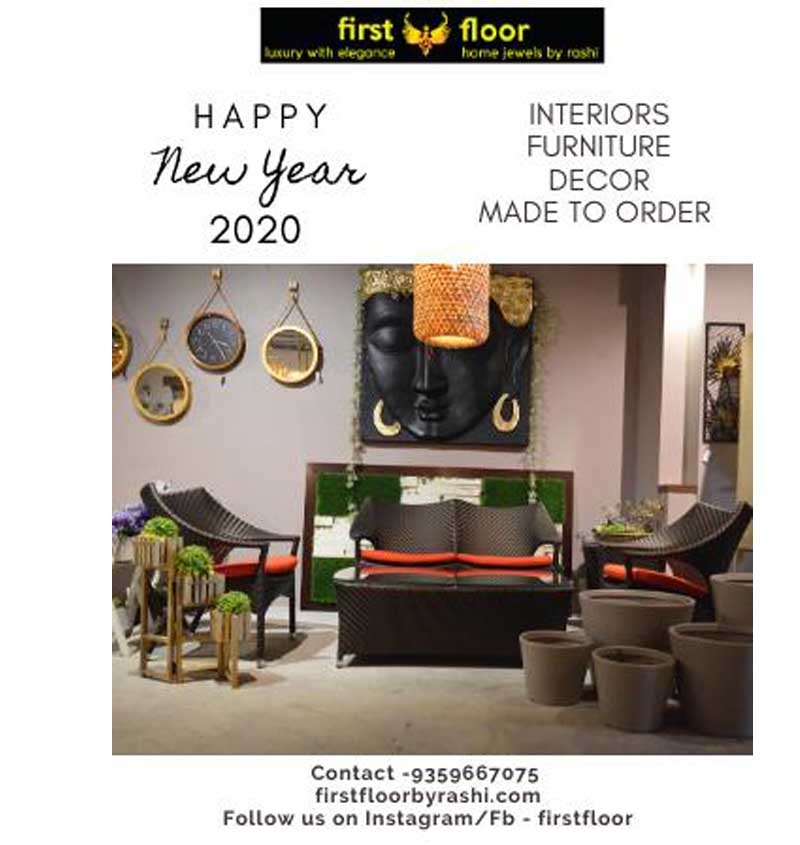Interior design is the art and science of enhancing the interior of a building to achieve a healthier and more aesthetically pleasing environment for the people using the space. It involves a multifaceted approach that includes conceptual development, space planning, site inspections, programming, research, communicating with stakeholders, and executing the design. Here, we delve into the key elements and principles that define interior design.
The Elements of Interior Design
Space: Space is a fundamental concept in interior design. It is the physical boundaries of a room and can be categorized as two-dimensional space (the floor) and three-dimensional space (the living space). Designers work with both positive space (filled with furniture and decor) and negative space (empty space) to create balance and harmony.
Line: Lines in design create structure and guide the eye. They can be vertical, horizontal, or dynamic (diagonal, zigzag). Vertical lines add height and elegance, horizontal lines add width and stability, and dynamic lines add energy and movement.
Forms: Forms are shapes in three dimensions and can be geometric (precise and man-made) or natural (organic and fluid). Understanding the interaction between various forms helps in creating a cohesive and appealing space.
Light: Lighting is crucial in setting the mood and functionality of a space. It can be natural or artificial, and it affects the perception of other elements like color and texture. Designers use different types of lighting—ambient, task, and accent lighting—to achieve the desired effect.
Color: Color sets the tone of the interior and evokes emotions. Each color has psychological effects and can influence the mood of a space. Designers use color theory to create harmonious and contrasting color schemes that enhance the aesthetic appeal.
Texture: Texture refers to the surface quality of materials used in the interior. It can be visual or tactile. Combining different textures adds depth and interest to a space, making it more engaging.
Pattern: Patterns add visual interest and life to a room. They can be found in fabrics, wallpapers, rugs, and decorative items. Patterns can be combined or contrasted to create various design effects.
The Principles of Interior Design
Balance: Balance in design is the visual distribution of elements in a space. It can be symmetrical (evenly distributed elements), asymmetrical (unevenly distributed elements that achieve balance), or radial (elements arranged around a central point).
Harmony and Unity: Harmony and unity refer to the cohesive and consistent use of design elements to create a unified whole. Repetition of colors, textures, and patterns helps in achieving harmony.
Rhythm: Rhythm in interior design is about creating patterns of repetition and contrast to create visual interest. It can be achieved through the use of colors, lines, forms, or textures at regular intervals.
Emphasis: Emphasis is creating a focal point in the space to draw attention. It can be an architectural feature, a piece of furniture, or an artwork. Emphasis helps in giving the room a sense of importance and direction.
Proportion and Scale: Proportion refers to the relationship between the sizes of different elements in a space, while scale refers to the size of an element in relation to the human body. Proper proportion and scale ensure that the space feels comfortable and functional.
Contrast: Contrast is the use of opposing elements, such as light vs. dark, rough vs. smooth, or large vs. small, to create visual interest. It helps in highlighting specific elements and adding dynamism to the design.
Trends in Modern Interior Design
Sustainability: There is a growing emphasis on using eco-friendly materials and practices. Recycled materials, energy-efficient lighting, and sustainable furniture are becoming increasingly popular.
Minimalism: Minimalist design focuses on simplicity and functionality. It involves decluttering spaces and using a limited color palette and sleek, simple forms.
Biophilic Design: This trend incorporates natural elements into the interior, such as plants, natural light, and organic materials, to create a connection with nature and enhance well-being.
Smart Homes: The integration of technology in interior design is transforming homes into smart spaces. Automated lighting, climate control, and security systems are being seamlessly integrated into the design.
Eclectic Style: Mixing different styles, colors, and textures to create a unique and personalized space is becoming popular. Eclectic design allows for creative expression and individuality.
Conclusion
Interior design is a dynamic and evolving field that combines creativity, functionality, and aesthetics. By understanding and applying the core elements and principles of design, interior designers can create spaces that are not only beautiful but also practical and conducive to the well-being of the occupants. Whether following current trends or forging new paths, the goal of interior design remains the same: to create environments that enhance the quality of life.



















Your Message